Of The Fairer Sex
Sexual dimorphism is a common phenomenon in nature and can be seen across various fauna such as birds, insects and mammals. Basically, this means males and females exhibit different physical characteristics and this can be in the form of size, colour, structure and patterns.
In butterflies, these differences can be very subtle, where differences between the two sexes are minimal, or exaggerated, where differences are so prevalent that they may be assumed to be of different species.
Colours or Camouflage?
In certain butterfly species, the male exhibits brighter colours and more decorated wing patterns compared to the female. One explanation for this occurrence is that since the male is responsible for courtship and searching for a mate, it needs to display traits that are attractive to a female while standing out among other male competitors.
On the other hand, the female has the role of laying eggs and this may take several days to complete. Thus, it is crucial for the female butterfly to remain inconspicuous and reduce the likelihood of predation. Having duller, drabber wings will be more advantageous for the female for it to camouflage better with its surroundings.
There are several butterfly species in Singapore that display sexual dimorphism. Here are three more commonly seen examples:
1. Horsfield’s Baron
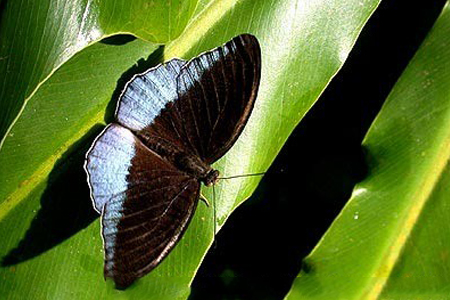
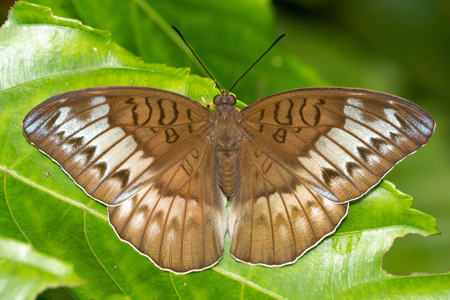
Photo credit: Khew Sin Khoon and Zhou Boyi
In the Horsfield’s Baron (Tanaecia iapis), the male (above left) exhibits a velvety black upper side and a broad bright blue band along the margin of its hindwings. The female (above right) instead is a pale greyish ochreous brown and may appear similar to the Malay Viscount (Tanaecia pelea) and the Malay Baron (Euthalia monina).
2. Archduke
Photo credit: Jessica Teo
The Archduke (Lexias pardalis) is known to display one of the most exaggerated cases of sexual dimorphism in butterflies. The male and female look completely different from each other. The male is black with a wide blue marginal hindwing band while the female is larger in size, with bluish spots on its wings. It greatly resembles the less commonly seen female Yellow Archduke (Lexias canescens) although the latter is smaller in size and has yellowish underside hindwing scaling instead.
3. Leopard Lacewing
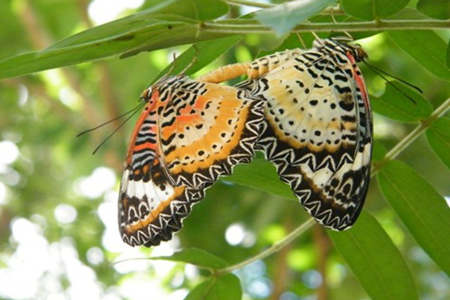
Photo credit: Gary Chua
The sex of the Leopard Lacewing (Cethosia cyane) can be easily recognised by the colour of the upperside of the wings. The male butterfly’s wing is orange, almost resembling the Malay Lacewing (Cethosia hypsea) while the female is a pale creamy yellow.
Learning More
Visit NParksSG, our refreshed YouTube Channel that serves as a one-stop repository for close to 300 video resources. It also provides you a platform for existing and future digital outreach including DIY gardening and related crafts, virtual tours of our green spaces, and livestream events.
If you are heading to our green spaces, do the right thing and be socially responsible. Maintain a safe distance from other park goers and keep to not more than five persons in a group. Always wear a mask except when you are engaged in strenuous exercise or when consuming food, drink or medication.
Do check out the visitorship levels of our parks using our safe distancing portal before you head down and avoid the ones with high visitorship.
For more information about the flora and fauna found in Singapore, please visit NParks Flora and Fauna Web.
If you like what you read, follow us on Facebook, Instagram, Telegram and YouTube to get the latest updates.
Text by Ang Xin
About the writer
Ang Xin is a final year Life Sciences student at National University of Singapore. She worked at NParks’ Communications and Community Engagement department for five months as part of her university’s Final Year Internship project. She curated content for the various NParks’ social media platforms and produced digital illustrations and infographics that translated dry scientific information into interactive and accessible messages that could be better understood by the general public.
Please email wong_yeang_cherng@nparks.gov.sg for more information on our internship programme.


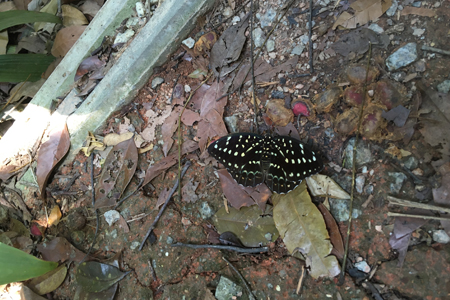
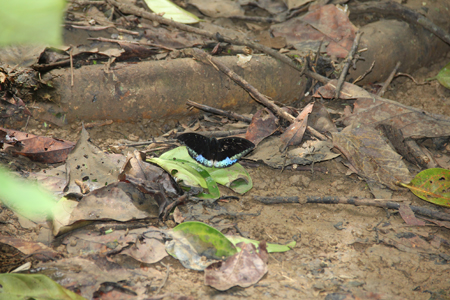



Have views or comments on this article? Let us know via this form. If you would like to give us feedback on any other areas relating to our parks and gardens, please submit via https://www.nparks.gov.sg/feedback